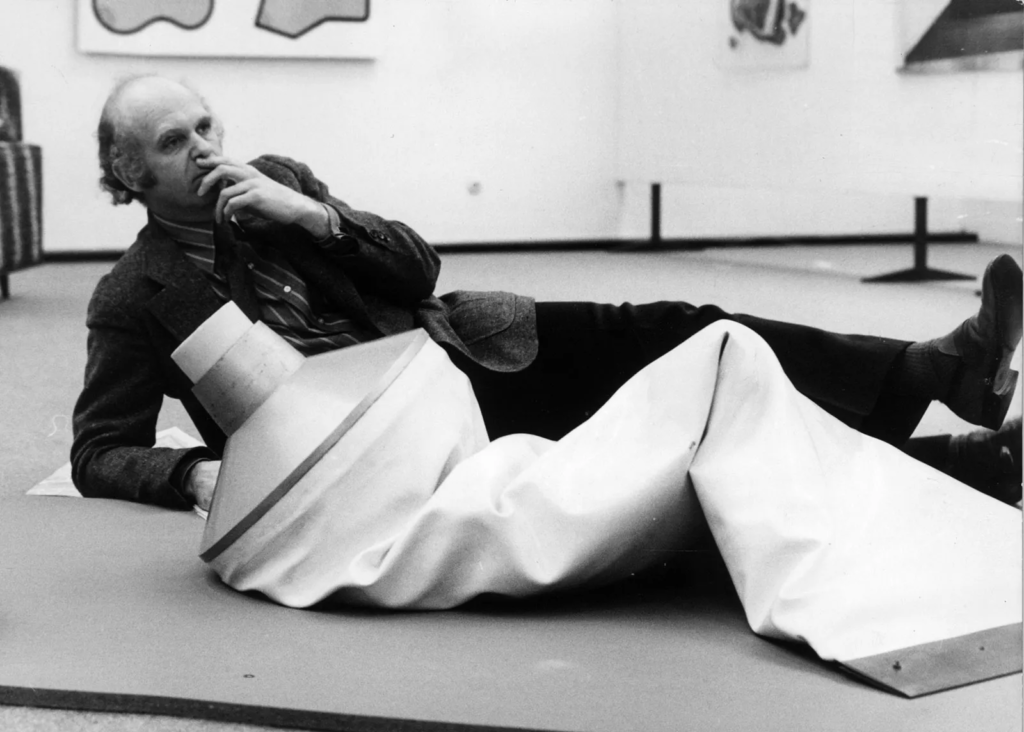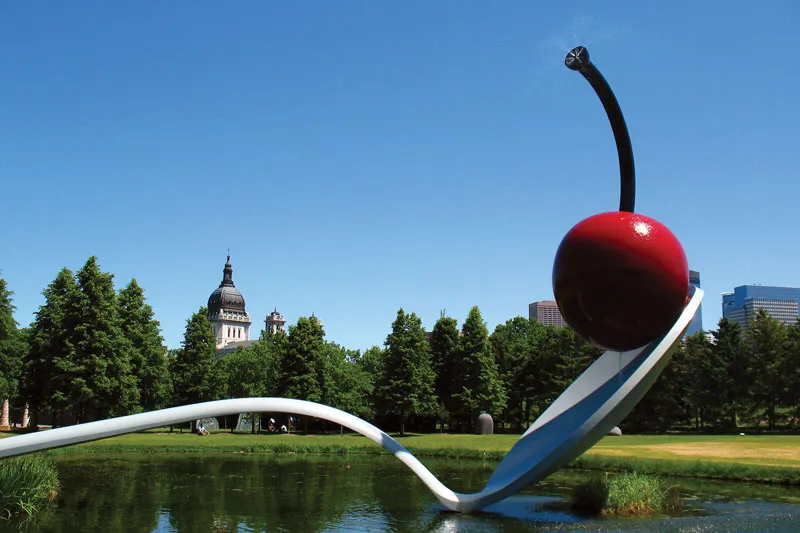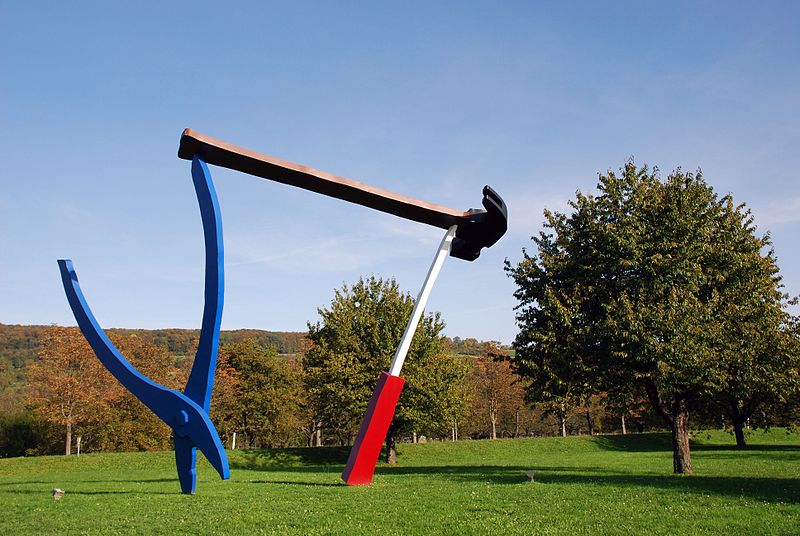The Swedish born artist, Claes Oldenburg (1927- 2022), began as a painter and general performance artist right before he phathomed with supplies and sorts that took him to sculpture. As a matter of truth, his early tips on monumental sculpture were first conceived as a series of drawings andwatercolours that he identified as Colossal Monuments.
Despite Oldenburg´s Artwork being categorized as Pop artwork a detour outlined his personal private type: replica was changed by monumental.
1. Claes Oldenburg is greatest acknowledged for his substantial-scale public sculptures, but you probably didn’t know he started out as a painter and performance artist. In point, some artwork historians and critics has named it as a “Sculptor who moves between general performance and graphic art”

Claes Oldenburg with Huge Toothpaste Tube (1964), 1970.
Foto: Keystone/Hulton Archive/Getty Photographs
2. Oldenburg treats his perform as a totality in which crucial themes and motifs interweave in a selection of media. He has built a radical contribution to the record of sculpture by rethinking its products, forms, and matter matter.
2.1. Both of those his performances and paintings are carefully relevant with his do the job in sculptures as we are about to see.
3. When he moved to New York in 1956, he became fascinated with the avenue life: keep home windows, neon lights, grafitti, and even trash. It was the sculptural options of these objects that led to a shift in interest from painting to sculpture.
4. In fact, his early strategies on monumental sculpture were to start with conceived as a collection of drawings and watercolours that he known as Colossal Monuments, and many of them remained unbuilt.
5. All around the 60s, he made The Shop, a collection of painted plaster copies of food, clothing, jewelry, and other goods, with which he started out checking out materials, scale, forms, etcetera.
6. At the identical time, he started generating a collection of happenings for which he designed giant objects produced of fabric stuffed with paper or rags. Afterwards on, he blended his get the job done with The Retailer and his happenings, and exhibited enormous canvas-included, foam-rubber sculptures of an ice-product cone, a hamburger and a slice of cake.
7. That is how he commenced with his quite famous gentle sculptures: by translating the medium of sculpture from challenging to soft, Oldenburg collapsed reliable surfaces into limp, deflated objects that ended up topic to gravity and possibility.
8. Oldenburg was additional fascinated in banal items of buyer and everyday life, in section influenced by the statements of going on and his daily life in NY, which led him to be regarded as an legendary artist of the Pop-art movement.
9. Given that the 80s, Oldenburg began performing on commissions for general public areas or establishments. Some of his most well-known sculptures have been built all-around this time, such as Spoonbridge and Cherry, Dropped Cone, Mistos (Match Cover) and Shuttlecocks, among other people. All of these sculptures had been made in collaboration with independent critic and curator Coosje van Bruggen

Spoonbridge and Cherry, sculpture by Claes Oldenburg and Coosje van Bruggen, 1985–88 in the Minneapolis Sculpture Garden of the Walker Art Heart, Minneapolis, Minnesota.
Foto: © Michael Rubin/Shutterstock.com
10. His operate frequently disrupts the features of frequent objects—challenging our perceptions and unsettling our routines.Famous for their exaggerated scale, daring hues, and daring playfulness, Oldenburg’s sculptures stand out as a provocative mix of the ubiquitous and the unruly.

Image: Creative Commons Attribution-Share Alike 3. Unporte

